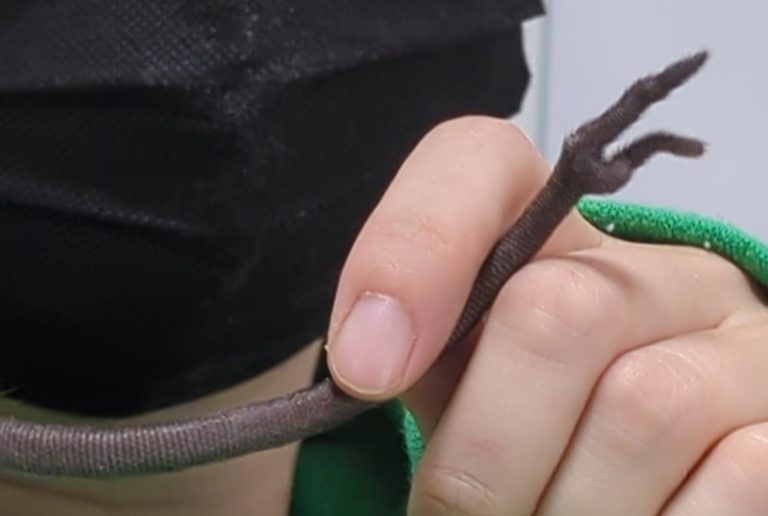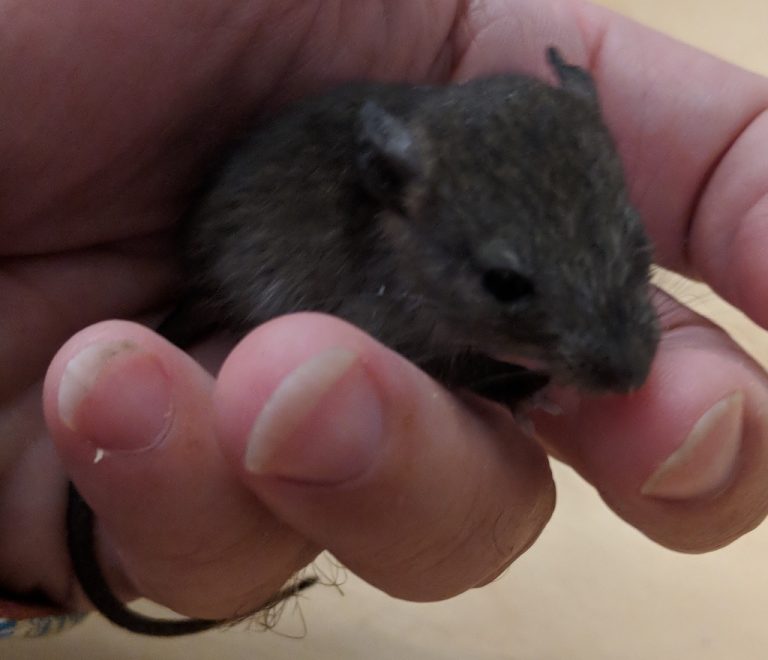Roof Rat born with split tail: is it genetic?
She is otherwise normal, friendly and healthy

She was one of a litter of 5 babies. The rest were apparently normal.

Her mother also had a normal tail.

However, her father’s tail was groomed off by his mother sometime after birth, so we cannot confirm it was normal.
As you can see from the video, her and her mother both appear to be perfectly healthy, tame and friendly.

Anyone that is interested in her or knows what caused this, please contact us: petroofrats@gmail.com

Want to see our rats and maybe






















